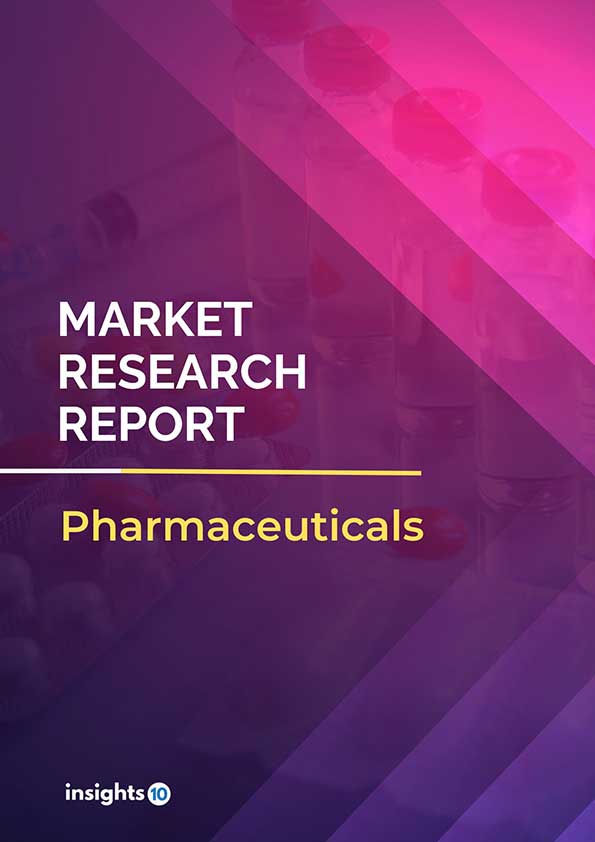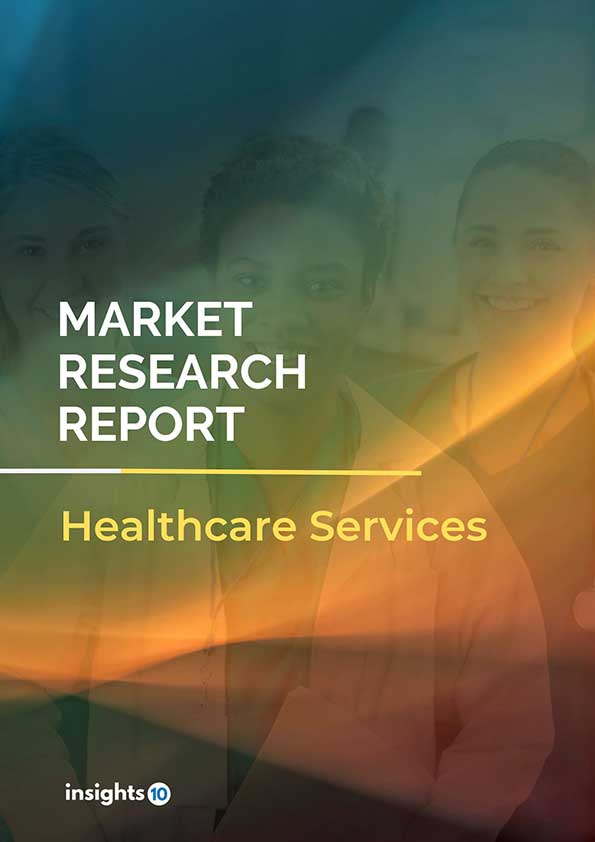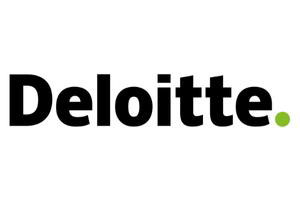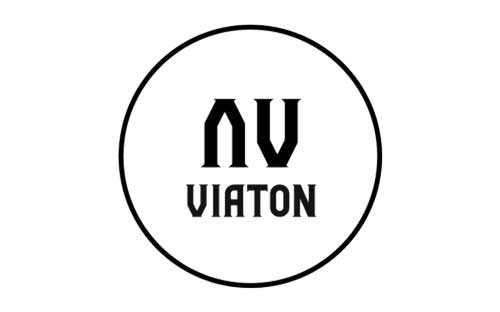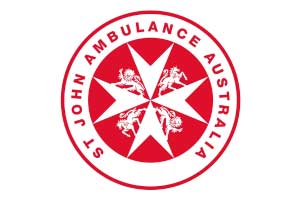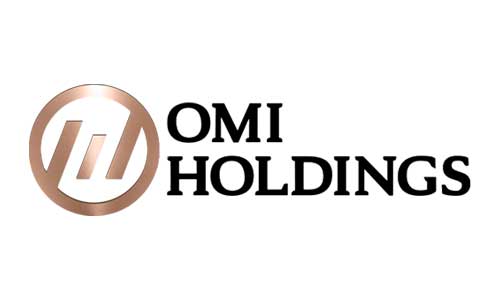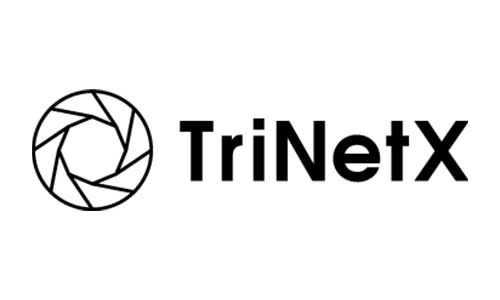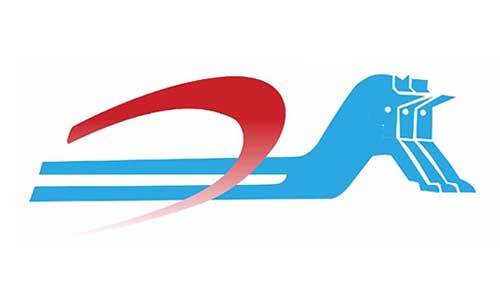Kenya Liver Cancer Therapeutics Market Analysis
By 2030, it is anticipated that the Kenya Liver Cancer Therapeutics market will reach a value of $8.1 Mn from $2.1 Mn in 2022, growing at a CAGR of 18.7 % during 2022-2030. Liver Cancer Therapeutics in Kenya is dominated by a few domestic pharmaceutical companies such as Cosmos Limited, Medisel and Hetero Labs. The Liver Cancer Therapeutics market in Kenya is segmented into different types of cancer and different therapy type. Some of the major factors affecting the Kenya Liver Cancer Therapeutics market are the growing prevalence of liver cancer and the high cost and side effects related to certain liver cancer therapies.
Buy Now

Kenya Liver Cancer Therapeutics Analysis Summary
By 2030, it is anticipated that the Kenya Liver Cancer Therapeutics market will reach a value of $8.1 Mn from $2.1 Mn in 2022, growing at a CAGR of 18.7 % during 2022-2030.
Kenya is a lower middle-income, developing country in Eastern Africa bordering the Indian Ocean and Lake Victoria. The most common risk factors for liver cancer in Kenya include chronic hepatitis B and C infections, heavy alcohol consumption, and aflatoxin exposure. About 7.3% of the estimated cancers in Kenya, were liver cancers attributed to alcohol drinking. In Kenya, liver cancer is more common in men than in women, with a male-to-female ratio of 2:1.
According to the latest WHO data published in 2020 Liver Cancer Deaths in Kenya reached 1,351 or 0.51% of total deaths. The age-adjusted Death Rate is 5.77 per 100,000 population ranks Kenya the 82nd in the world. It comes up at number nine of the worst killer cancers, due to delay in diagnosis and lack of specialists to treat the menace. Kenya’s government spent 4.6 % of its GDP on healthcare in 2020.
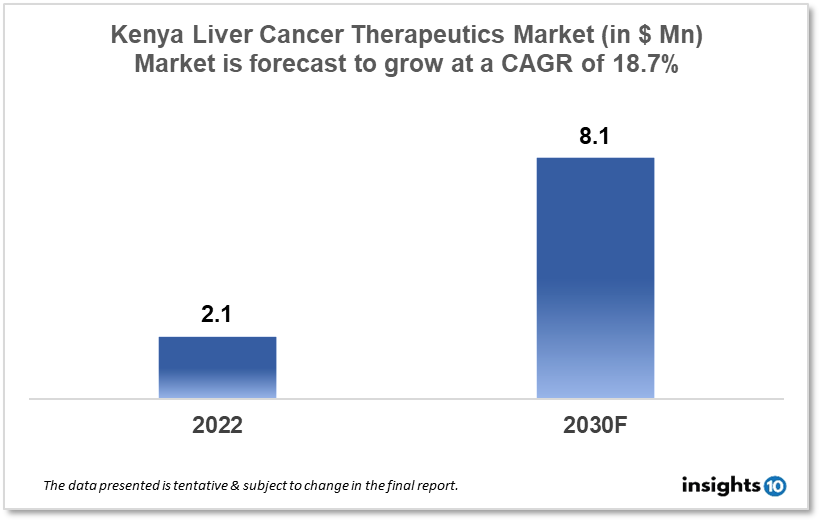
Market Dynamics
Market Growth Drivers Analysis
Hepatocellular carcinoma (HCC) is the most frequent type of liver cancer in Kenya, accounting for 80-90 % of cases. Kenya is still carrying out the president's Big Four Agenda, which prioritises food security, manufacturing employment, universal and affordable health care, and affordable housing. Kenya has a rapidly growing population as well as a growing middle class. These aspects could boost Kenya's Liver Cancer Therapeutics market.
Market Restraints
The cost of liver cancer therapy in Kenya can be prohibitively expensive, and many people cannot afford it. This can lead to delayed diagnosis and treatment, lowering the chances of a successful outcome. Surgery, chemotherapy, radiation therapy, and targeted therapy are all options for treating liver cancer in Kenya. Access to these treatments, however, is limited in many sections of the country, particularly in rural areas. Kenya faces ongoing challenges due to a lack of infrastructure and a scarcity of skilled personnel. These factors may deter new entrants into the Kenya Liver Cancer Therapeutics market.
Competitive Landscape
Key Players
- Hetero Labs Kenya Ltd: Hetero Labs is a subsidiary of Hetero, a global pharmaceutical company that has a presence in Kenya. The company offers liver cancer drugs such as Sorafenib, a targeted therapy drug used in the treatment of liver cancer
- Medisel Kenya Ltd: Medisel Kenya is a local pharmaceutical company that specializes in the distribution of pharmaceutical products. The company offers liver cancer drugs such as Doxorubicin, a chemotherapy drug used in the treatment of liver cancer
- Neopharma Kenya Ltd: Neopharma Kenya is a subsidiary of Neopharma, a global pharmaceutical company that has a presence in Kenya. The company offers liver cancer drugs such as Capecitabine, a chemotherapy drug used in the treatment of liver cancer
- Cosmos Limited: Cosmos Limited is a local pharmaceutical company that offers liver cancer drugs such as Fluorouracil, a chemotherapy drug used in the treatment of liver cancer
- East African Oncology Institute: The institute is a private cancer treatment centre in Kenya that offers liver cancer treatment
- Oncopadi: Oncopadi is a healthcare startup in Kenya that offers cancer diagnosis, treatment, and management services, including liver cancer treatment
- African Cancer Foundation: The foundation is a non-profit organization in Kenya that aims to improve cancer awareness, prevention, and treatment in Africa, including liver cancer
Recent Notable Updates
May 2022: Kenya will soon begin performing delicate liver cancer surgeries at the Moi Referral and Teaching Hospital (MTRH) after three North Rift counties were chosen for study and training on the disease, which is responsible for many deaths in the region. France is supporting a $31,000 liver cancer project, while Peru will train Kenyan physicians. MTRH will be equipped with specialised cancer surgery treatment equipment, and surgeons, clinicians, and technicians will be trained locally, in Peru, and in Paris.
Healthcare Policies and Reimbursement Scenarios
The regulation and reimbursement of liver cancer therapeutics in Kenya are overseen by the Pharmacy and Poisons Board (PPB) and the National Health Insurance Fund (NHIF), respectively. The PPB is responsible for approving and registering all drugs and other pharmaceutical products used in Kenya, including those used for liver cancer treatment. The NHIF is the main government-funded health insurance scheme in Kenya and provides coverage for a wide range of medical services, including cancer treatment.
1. Executive Summary
1.1 Disease Overview
1.2 Global Scenario
1.3 Country Overview
1.4 Healthcare Scenario in Country
1.5 Patient Journey
1.6 Health Insurance Coverage in Country
1.7 Active Pharmaceutical Ingredient (API)
1.8 Recent Developments in the Country
2. Market Size and Forecasting
2.1 Epidemiology of Disease
2.2 Market Size (With Excel & Methodology)
2.3 Market Segmentation (Check all Segments in Segmentation Section)
3. Market Dynamics
3.1 Market Drivers
3.2 Market Restraints
4. Competitive Landscape
4.1 Major Market Share
4.2 Key Company Profile (Check all Companies in the Summary Section)
4.2.1 Company
4.2.1.1 Overview
4.2.1.2 Product Applications and Services
4.2.1.3 Recent Developments
4.2.1.4 Partnerships Ecosystem
4.2.1.5 Financials (Based on Availability)
5. Reimbursement Scenario
5.1 Reimbursement Regulation
5.2 Reimbursement Process for Diagnosis
5.3 Reimbursement Process for Treatment
6. Methodology and Scope
Liver Cancer Therapeutics Segmentation
By Type (Revenue, USD Billion):
- Hepatocellular Carcinoma
- Cholangio Carcinoma
- Hepatoblastoma
- Other Types
By Treatment (Revenue, USD Billion):
- Chemotherapy
- Immunotherapy
- Targeted Therapy
- Radiation Therapy
- Ablation Therapy
- Embolization Therapy
By Equipment (Revenue, USD Billion):
- Computed Radiography
- MRI
- Sonography
- Others
By Route of Administration (Revenue, USD Billion):
- Oral
- Intravenous
By End User (Revenue, USD Billion):
- Hospitals
- Clinics
- Ambulatory Surgical Centers
Methodology for Database Creation
Our database offers a comprehensive list of healthcare centers, meticulously curated to provide detailed information on a wide range of specialties and services. It includes top-tier hospitals, clinics, and diagnostic facilities across 30 countries and 24 specialties, ensuring users can find the healthcare services they need.
Additionally, we provide a comprehensive list of Key Opinion Leaders (KOLs) based on your requirements. Our curated list captures various crucial aspects of the KOLs, offering more than just general information. Whether you're looking to boost brand awareness, drive engagement, or launch a new product, our extensive list of KOLs ensures you have the right experts by your side. Covering 30 countries and 36 specialties, our database guarantees access to the best KOLs in the healthcare industry, supporting strategic decisions and enhancing your initiatives.
How Do We Get It?
Our database is created and maintained through a combination of secondary and primary research methodologies.
1. Secondary Research
With many years of experience in the healthcare field, we have our own rich proprietary data from various past projects. This historical data serves as the foundation for our database. Our continuous process of gathering data involves:
- Analyzing historical proprietary data collected from multiple projects.
- Regularly updating our existing data sets with new findings and trends.
- Ensuring data consistency and accuracy through rigorous validation processes.
With extensive experience in the field, we have developed a proprietary GenAI-based technology that is uniquely tailored to our organization. This advanced technology enables us to scan a wide array of relevant information sources across the internet. Our data-gathering process includes:
- Searching through academic conferences, published research, citations, and social media platforms
- Collecting and compiling diverse data to build a comprehensive and detailed database
- Continuously updating our database with new information to ensure its relevance and accuracy
2. Primary Research
To complement and validate our secondary data, we engage in primary research through local tie-ups and partnerships. This process involves:
- Collaborating with local healthcare providers, hospitals, and clinics to gather real-time data.
- Conducting surveys, interviews, and field studies to collect fresh data directly from the source.
- Continuously refreshing our database to ensure that the information remains current and reliable.
- Validating secondary data through cross-referencing with primary data to ensure accuracy and relevance.
Combining Secondary and Primary Research
By integrating both secondary and primary research methodologies, we ensure that our database is comprehensive, accurate, and up-to-date. The combined process involves:
- Merging historical data from secondary research with real-time data from primary research.
- Conducting thorough data validation and cleansing to remove inconsistencies and errors.
- Organizing data into a structured format that is easily accessible and usable for various applications.
- Continuously monitoring and updating the database to reflect the latest developments and trends in the healthcare field.
Through this meticulous process, we create a final database tailored to each region and domain within the healthcare industry. This approach ensures that our clients receive reliable and relevant data, empowering them to make informed decisions and drive innovation in their respective fields.
To request a free sample copy of this report, please complete the form below.
We value your inquiry and offer free customization with every report to fulfil your exact research needs.
